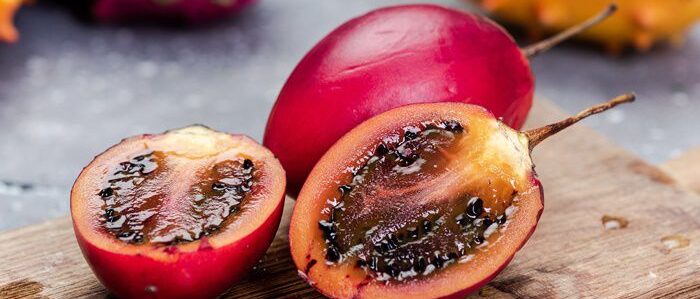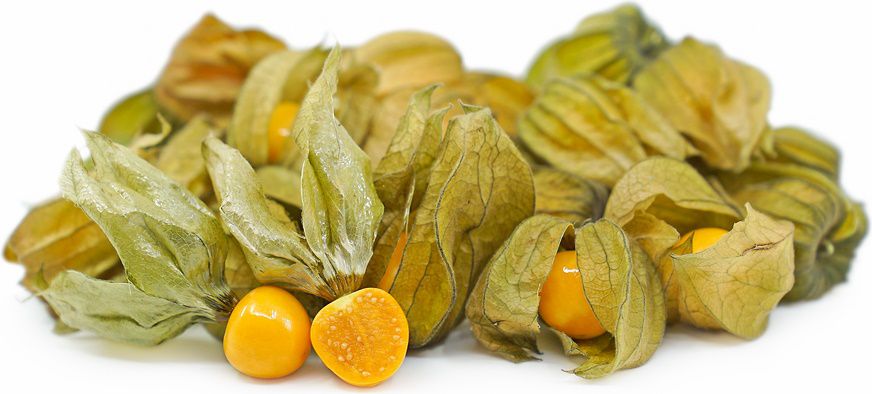Fruits
Growing Raspberry
Growing Raspberry plants. The raspberry is the edible fruit of a multitude of plant species in the genus Rubus. The Genus Rubus includes blackberry, dewberry, and raspberry. Most members of the Genus are perennials and have thorny or bristly stems and compound leaves. Raspberry plants have perennial roots and crowns, but their canes (branches) live for only two summers. Most raspberry plants bear fruit in summer. In terms of fruit color, you get varieties that produce fruit that is red, yellow/gold, purple or black. Black and purple raspberries are generally known under the name of black raspberry. Red and yellow raspberries are usually known as red raspberries.
Growing Raspberry from Seed
- To plant raspberries from seeds, direct sow the seeds in a plastic peat pot starting in autumn to early winter.
- The seeds need a period of cold stratification to break dormancy. This naturally occurs outdoors if you plant the seeds in the garden in Autumn or winter.
- If you want to start raspberry seeds indoors, you must simulate the cold stratification process before planting.
- Soak the raspberry seeds in room temperature water for 24 hours.
- Place the seeds in a resealable plastic bag along with a handful of damp peat moss. Seal the bag, and place in a refrigerator.
- Keep the seeds chilled for 12 to 16 weeks.
- Fill seed trays with seed starter soil, and spread the raspberry seeds on top of the soil.
- Lightly cover the seeds with soil, and place in a warm area.
- Plant the raspberry seedlings outdoors the following spring.
- For Direct sowing in Autumn or Early Winter, press one to two Raspberry Seeds ¼ inch down into the soil of a container. Pat the soil down gently over the seeds to remove air pockets.
- Mist the soil lightly to dampen, using a spray bottle filled with water. Keep the soil moist throughout the germination process.
- The seeds will begin to sprout within three months.
- Set the container in an area that receives bright, indirect sunlight once the seeds begin to sprout.
- Continue to keep the soil moist and provide the raspberry plants with adequate light as they continue to grow.
- Transplant the raspberry plants outdoors in the spring, as soon as the soil is workable.
- Select an area for transplanting your raspberries that contains full sun and well-drained soil with a pH between 5.5 and 6.5.
- Raspberries can also be successfully grown in containers.
Maintaining Raspberry Plants
- The plants will need some support as the red raspberry canes can grow to about shoulder height and black raspberry canes can grow much taller.
- Keep raspberry plants evenly watered during the summer, but take care not to over-water.
- In the spring, prune first year branches to 3-4 feet tall.
- Apply compost and a layer of mulch.
- Begin fertilizing established raspberry plants in the spring after you prune them.
- Prune second year branches to the ground after they fruit.
Disclaimer
Medicinal Information:
All medicinal information on this website is for educational and informational purposes only and may not be construed as medical advice. The information is not intended to replace medical advice or treatment offered by healthcare professionals.
Seeds, Plants, Plant Cuttings, Geophytes and Dried Herbs:
In some countries and provinces, certain plants are deemed as invasive and are not allowed to be planted at all, whilst some plants are allowed to be grown only in certain areas or provinces. The onus is on you as the buyer to familiarize yourself with the regulations pertaining to your location, before purchasing any of our seeds, plants, plant cuttings, geophytes or dried herbs. We will not be held liable, should you purchase any seeds, plants, plant cuttings, geophytes or dried herbs. from us which are prohibited in your country or province.









